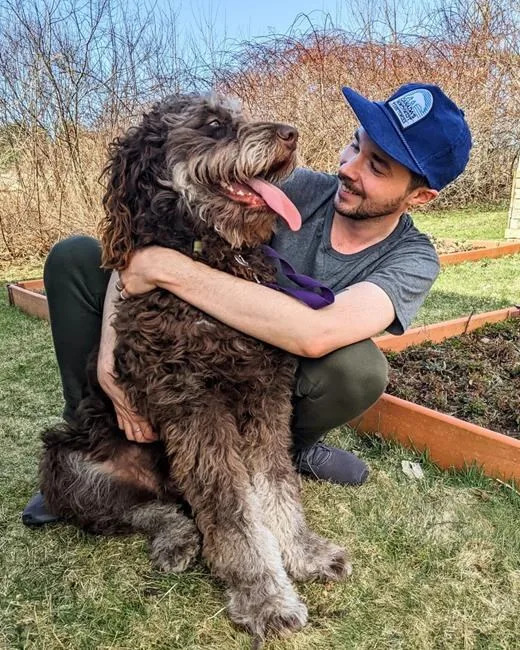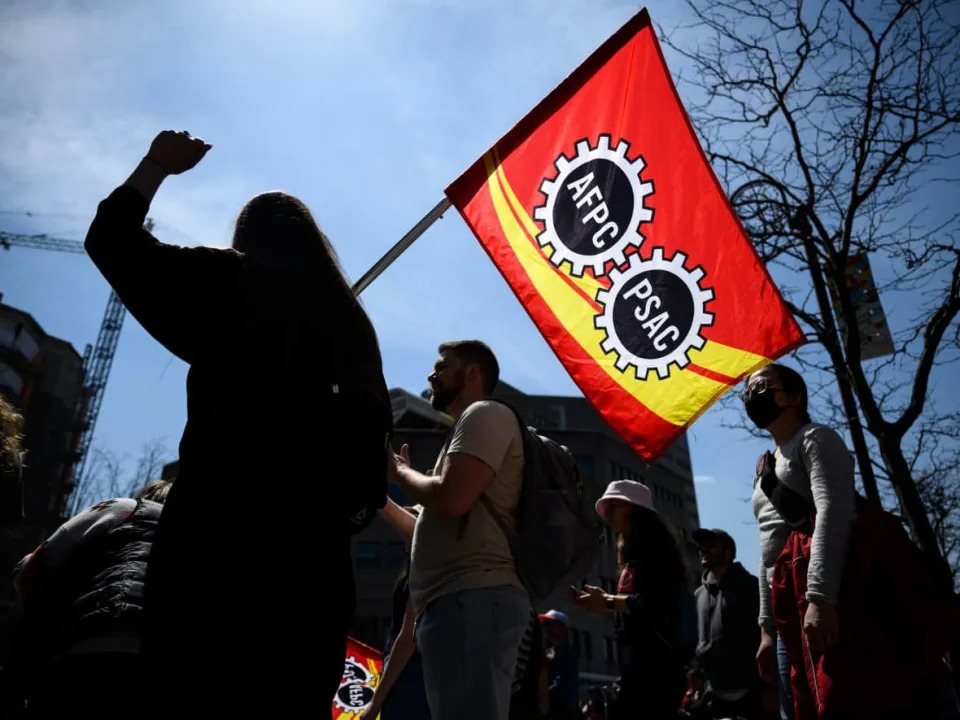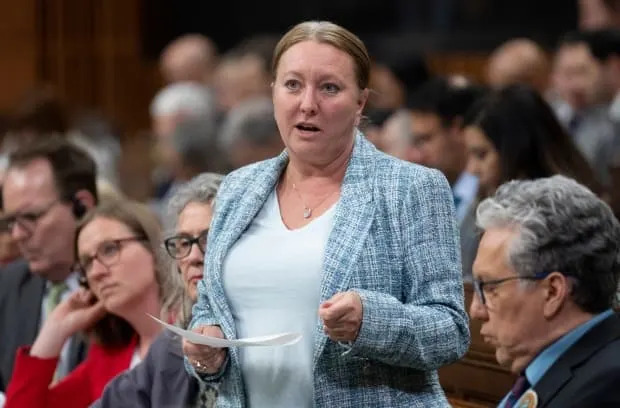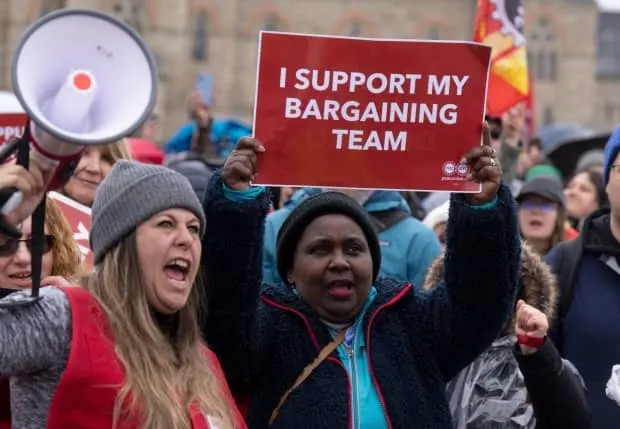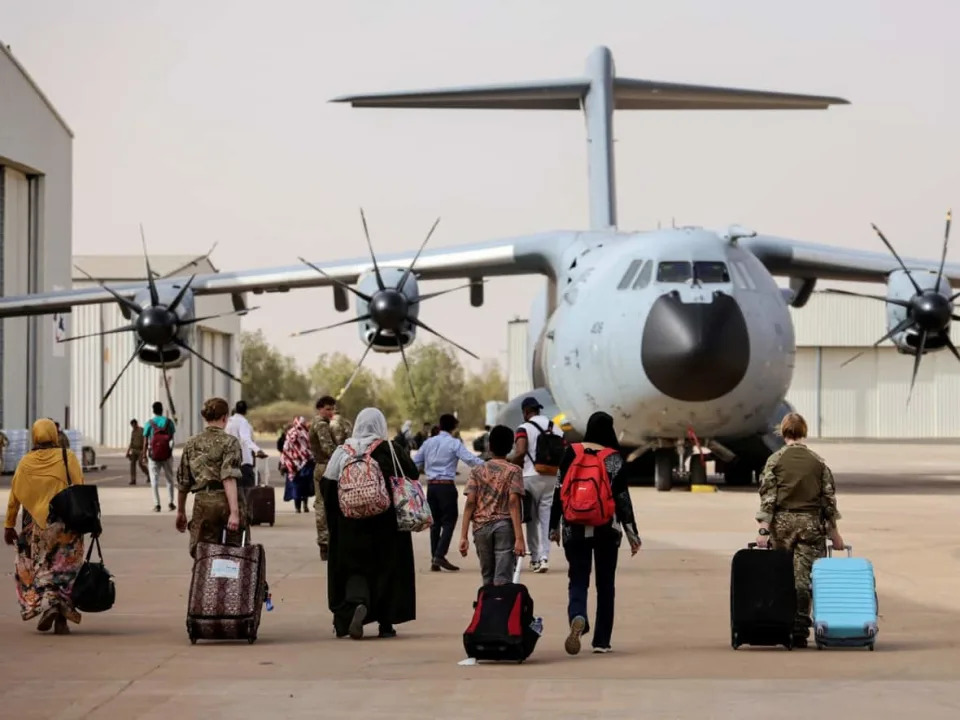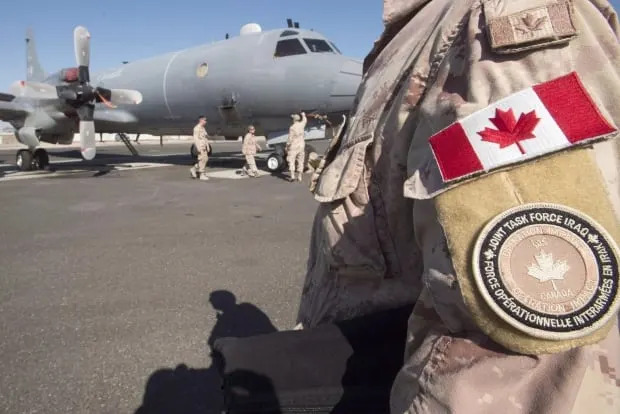Ottawa is attempting to bankroll a shift to lower-carbon energy
Jeff Lagerquist
Wed, April 26, 2023
Canada's forthcoming rules for labelling "green" and "transition" investments aim to ease uncertainty about greenwashing. (AP Photo/Kevork Djansezian, file)
Canada's new labels for green investments are being inspired in part by energy ratings on refrigerators and dishwashers. That's according to Barbara Zvan, the Canadian pension fund boss looking to ease uncertainty for investors and shrink the estimated $115 billion per year shortfall in spending needed to hit Ottawa's net zero by 2050 goal.
Most consumers don't question the accuracy of the government-backed Energy Star product labels that spell out efficiency stats for furnaces, pool pumps, ceiling fans, and other household appliances, Zvan says. She hopes the federal government's yet-to-be-released labels for various types of climate-focused investments will offer similar peace of mind as Canada attempts to bankroll a shift to lower-carbon energy.
An Energy Star label is shown on a washing machine at an appliance store in Mountain View, Calif. In Canada, Energy Star is administered and promoted by Natural Resources Canada. (AP Photo/Paul Sakuma)
Known as a climate change maverick in the $2 trillion world of Canadian pension funds, Zvan became president and CEO of the nearly $12 billion University Pension Plan (UPP) in 2020. Taking charge following a nearly 25-year stint at the much larger Ontario Teachers' Pension Plan, she has promised a net-zero portfolio at UPP by 2040, 10 years ahead of the net-zero deadline set in the Paris Climate Agreement.
As leader of the Sustainable Finance Action Council's (SFAC) Taxonomy Technical Expert Group, Zvan is shaping the much-anticipated green framework being developed by finance industry experts at the request of the federal government. The plan is to deliver science-based definitions of climate-compatible investments for capital markets participants wary of "greenwashing," a term for the false or misleading environmental credentials that plague climate investment globally.
An interim report from the SFAC backed by Canada's 25 largest financial institutions recommends two investment buckets: "green" for low-to-no carbon purposes, like financing renewable energy or battery technology, and "transition" for investments to decarbonize emissions-intensive sectors. For example, a carbon capture and storage installation at an existing oilsands facility with a short to moderate lifespan.
The European Union taxonomy for sustainable activities came into force in July 2020. Zvan says more than 30 taxonomies are in different stages of development globally.
Yahoo Finance Canada spoke with Zvan last week about what investors can expect when the new rules are released in Canada. Comments have been edited and condensed:
Yahoo Finance Canada: What do you hope to accomplish with the new green and transition finance taxonomy for Canada? Is it mainly about reassuring institutional money managers?
Barbara Zvan: There's a really important number: $115 billion. That's the gap the federal government has estimated that Canada needs each and every year to meet its net-zero goals.
Take the big pension plans. That's $2 trillion in assets. If they can muscle themselves to get up to five per cent [in green investments], that's barely a year's worth of the capital that's needed. Then look at Canada's deficit. We spend $40 billion more than we collect. So the government can't fund $115 billion per year.
We have to go to foreign pools of capital. What do those pools of capital need? They need clarity. Is it green? Is it transition? They're not going to figure this out for Canada. They're going to move on and invest in other opportunities. We need to make it easy to get included in that conversation.
YFC: Will we see a wave of capital mobilize from the sidelines into these investments once the 'green' and 'transition' labels are applied?
BZ: In 2018, green bonds were about three per cent of bonds issued globally. Today, it's 15 per cent. So, huge growth. There's huge demand for this product because a lot of companies, like RBC (Royal Bank of Canada) and others are making sustainable finance commitments. It has spurred a whole market. You've seen it go into equities. Now, in Europe you have ratings for different types of sustainability funds.
YF: What types of securities and investments will the "green" and "transition" labels be applied to?
BZ: There are lots of different use cases. Most people think of "use of proceeds" bonds. Those could be called green bonds. We're hoping that we can also get a transition bond label created as well. That's why we've worked with a lot of international peers to make sure that our definition of transition would be seen as acceptable.
If you're an equity investor, and you want to look at how transition-aligned a company is, you can look at capex and say, if I use the taxonomy, is the capex going to things that would be considered "green" or "transition." Eventually, you could get ETFs (exchange traded funds) to say if they are "green" or "transition."
And if we're trying to build this green economy, why don't we have government procurement pointed that way? So, there are lots of different uses by different groups.
YF: You say there are about 30 taxonomies in various stages of development around the world. What challenges and opportunities are unique to Canada?
Most of those taxonomies, when you go around the world, are focused on "green" investments. Our roadmap report laid out a path to get a "transition" label that's really about defining activities in high-emitting sectors. Think energy and heavy industry, and how they can decarbonize while we need them.
We need oil and gas for a while, but that's 25 per cent of Canada's current emissions. They need financing for carbon capture and storage, and methane reductions, and investors need to know which actions actually qualify. We're actually targeting the hardest parts of our economy to decarbonize. It's not just green, like in Europe.
YF: When will the new framework be released, and take effect? Do you have a date circled on your calendar?
I wish. The report was released on the Government of Canada website in March. We're waiting to hear back from them in terms of their next steps, and hopefully funding as well. In the meantime, the group continues to meet. We also have an official sector coordinating group, so groups like OSFI (Office of the Superintendent of Financial Institutions) and the Bank of Canada are participating.
We're trying to expand out the details around the transition side, [and] more details around governance. OSFI is beginning its work to think about how to connect the taxonomy to capital, and we continue to work with peers globally to build a global definition. Hopefully, we can get an announcement from the government, and in terms of funding, and we can stand up the organization properly, similar to what Australia got today.
